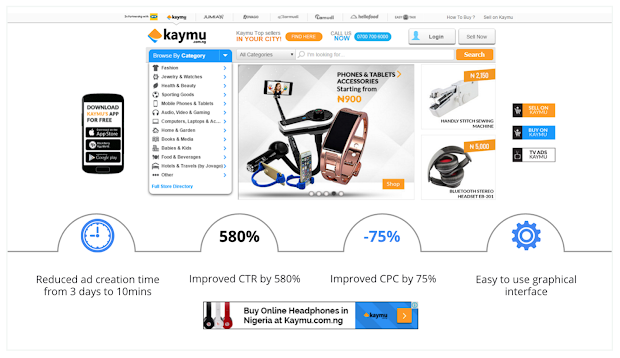You know your customers and their preferences better than anyone else, but reaching these users as they explore sites and content online can be challenging. That's why we're excited to bring additional audience targeting options to DoubleClick Bid Manager to help you connect with customers at the right moments with the right message.
Bid Manager now enables you target your campaigns by demographic, affinity, in-market, and similar audience profiles to help you precisely reach users who are most likely to care about your brand or product. These targeting options complement any first and third-party data you may already be using in Bid Manager.
Reach customers throughout all stages of the purchase funnel
Bid Manager's new targeting options are designed to help you reach new and existing customers throughout all stages of the customer purchase funnel:

- Demographic: Demographic targeting is what it sounds like-a way to find your target by age and gender. It can help you reach a specific target based on stage of life to continue to serve the most relevant messages to consumers.
- Affinity: Affinity audiences can help you move beyond demographics and reach people who care about your brand. With over 80 unique personas based on lifestyle and interests, affinity audiences mimic the depth and breadth of TV-style audiences, so marketers can engage with precise audiences at scale.
- In-market: Reach potential customers while they're actively browsing, researching or comparing the types of products you sell. Connect with those most interested in what you have to offer, using precise segments that classify users based on their demonstrated in-market behavior and purchase intent.
- Similar audiences: Similar audiences looks at data about your existing remarketing audiences and finds new and qualified consumers who have shared interests with that audience. It's a powerful - but simple - way to reach a much larger audience and drive clicks and conversions among new prospects.
Audience solutions in action
Suppose you own a bicycle shop and you want to reach users who are interested in purchasing a new bicycle. Users with this intent may browse sites or content online as they begin to consider purchasing a new bicycle. Other users may be actively browsing product listings and committed to purchasing a new bicycle.
As a bicycle shop owner, each user represents an opportunity, and Bid Manager's audience targeting can help you reach the right user at exactly the right moment. For example, affinity targeting can be used to reach biking enthusiasts who are currently considering purchasing a new bicycle. In-market targeting can then be used as the user begins evaluating different bicycles to purchase.
We've seen customers have success using these new targeting options for all phases of the purchase cycle. AMNET Spain, for example, helps clients increase the reach on their target audience across TV and online video media buys:
"For branding campaigns, it is essential that we reach as much of our target audience as possible. In one particular case, we were asked to reach women in Spain between ages 25-45. By using Google Demographic Targeting and Google Affinity Audiences, we were able to achieve an extra 20% reach when compared to using TV alone.”
Ramón de la Guardia, Country Manager, AMNET Spain and Portugal
When your message reaches the right audience, you'll see higher engagement and improved performance. Danone Italy has experienced:
“We worked with Mindshare to drive awareness of our yogurt brands in women of different age groups in Italy. Google Demographic Targeting in Bid Manager helped us achieve our target coverage against this demographic and increase engagement, with a 20% uplift in CTR."
Valeria Surico, Marketing Connection Manager, Danone
These new audience targeting options are available today in DoubleClick Bid Manager. Learn more.
Posted by Maithreyi Raman
Product Manager, DoubleClick Bid Manager





